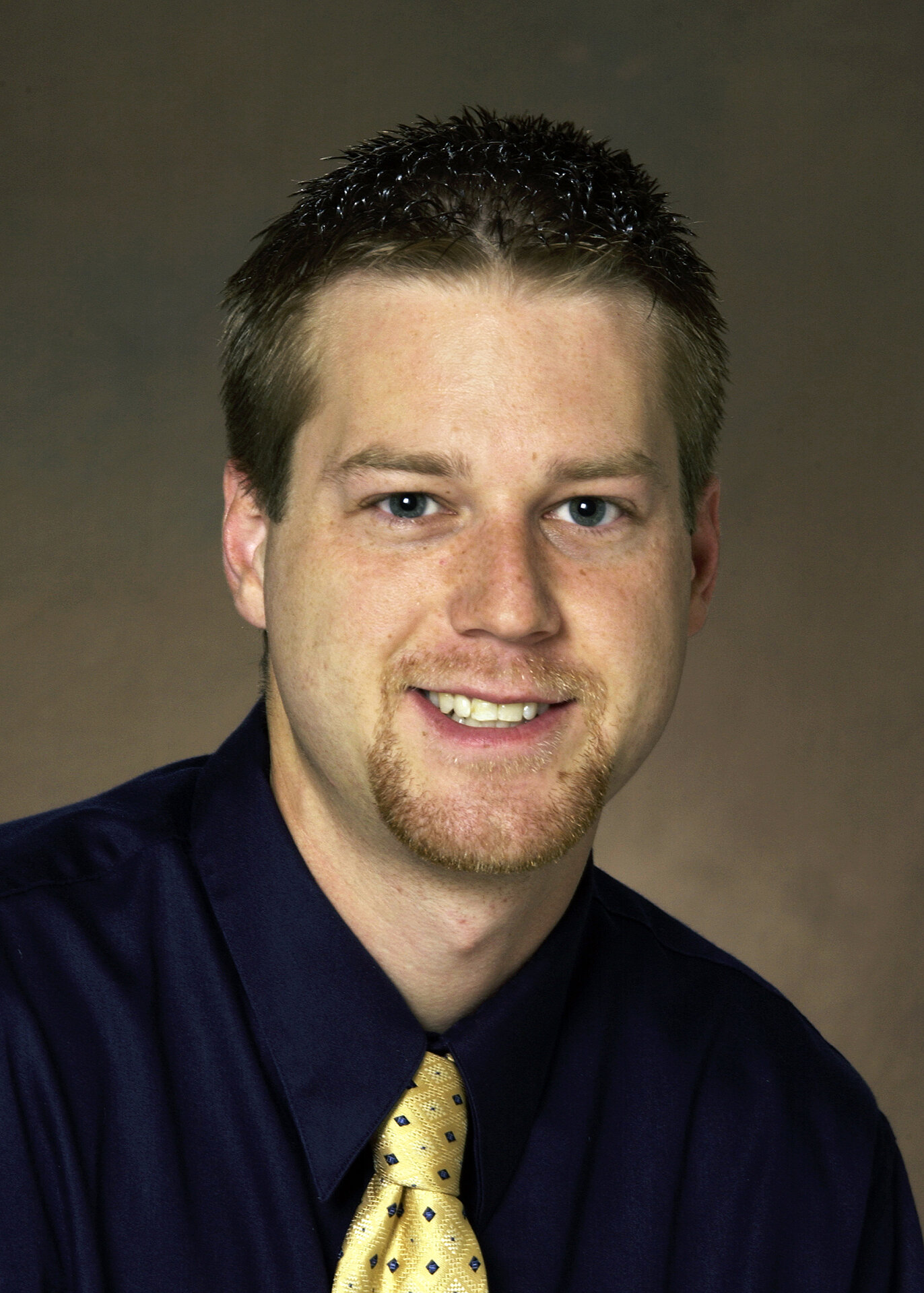
Kevin Miller, assistant professor of health, nutrition and exercise science, had two manuscripts accepted for publication and presented three studies this past summer.
"Electrolyte and Plasma Changes Following Ingestion of Pickle Juice, Water and a Common Carbohydrate-Electrolyte Solution," was published in the "Journal of Athletic Training." The study examined the effects of three drinks on plasma variables during 60 minutes.
"Some athletic trainers claim that drinking small volumes of pickle juice relieves exercise-associated muscle cramps by increasing plasma electrolytes," Miller said. "With this study, we observed that little to no changes occur to plasma variables following the ingestion of pickle juice, Gatorade or water. Thus, it is unlikely that pickle juice relieves cramps during exercise by changing plasma variables."
"Reflex Inhibition of Electrically-Induced Muscle Cramps in Hypohydrated Humans," was published in Medicine and Science in Sports and Exercise. Miller observed that drinking small volumes of pickle juice relieved electrically-induced muscle cramps faster than drinking water or nothing at all. Prior to this study, there was only anecdotal evidence of pickle juice relieving muscle cramps. Cramp alleviation following pickle juice ingestion was observed despite insignificant changes to plasma variables. Therefore, it was unlikely that cramp alleviation was due to changes in plasma variables.
Miller presented "Pickle Juice Inhibits Gastric Emptying in Rested, Euhydrated Humans" at the American College of Sports Medicine Annual Symposia in Seattle. This study showed that pickle juice leaves the stomach slowly compared to water. "Some athletic trainers claim that drinking pickle juice relieves cramps within 35 seconds of ingestion," Miller said. "With this study, we showed that negligible volumes of pickle juice leave the stomach in this time frame making it likely that the effect we observed from the reflex inhibition study listed was neurological rather than metabolic."
He presented "Increasing Electrical Stimulation Frequency Above Cramp Threshold Frequency Increases the Strength and Duration of Electrically-Induced Muscle Cramps" at the annual symposia of Rocky Mountain Athletic Trainers Association in Salt Lake City and the National Athletic Trainers Association in San Antonio. The researchers explained how to increase the duration of electrically-induced muscle cramps. Since cramps are unpredictable and spontaneous, Miller says having a model to induce cramps that last a sufficient duration to study treatments is paramount.
He also presented "The Relationship Between the Beginning Electrical Stimulation Frequency and a Person's 'True’ Cramp Threshold Frequency" in Salt Lake City and San Antonio. The study determined that "cramp threshold frequency" was not biased by the methodological procedures used to obtain that measurement. "Thus, scientists can use cramp threshold frequency as a quantitative measurement for a person's susceptibility to developing cramps," Miller said.
Miller also was named valedictorian of Brigham Young University graduate class in August and has been accepted as a presenter at next summer's National Athletic Trainers Association annual symposium in Philadelphia.